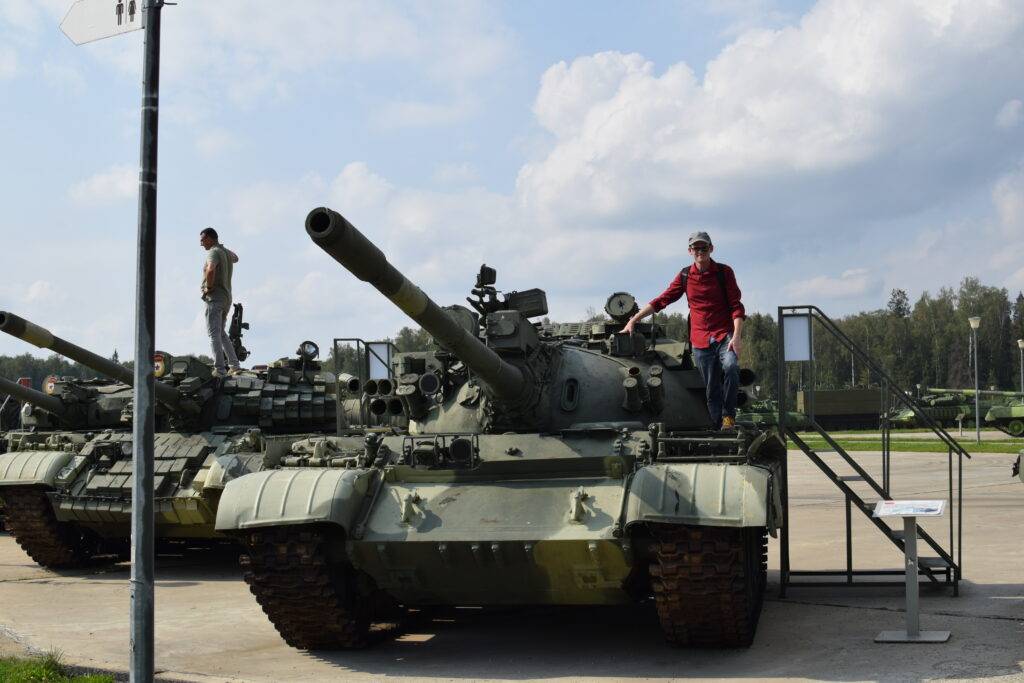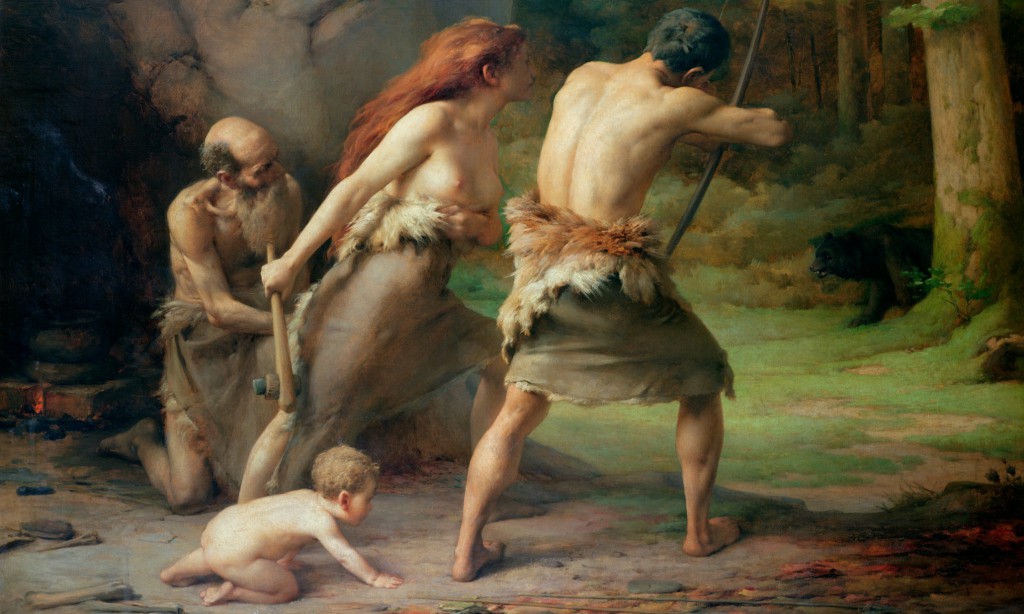Gender Roles: The First Distribution of Labor, and the Most Important One
This International Women’s Day, let’s reflect on women’s contribution to civilization. They did half the work, after all. Humans developed stronger gender roles than any other species, and there’s good reason for it.
Note: this is a chapter in my ongoing series The Great War Between Collectivism and Globalism. See the other chapters listed below (updated as I post them). I uploaded this in the “wrong” order, but one doesn’t simply write a post about gender and then miss International Women’s Day.
Introduction and Synopsis
Gender Roles: The First Distribution of Labor, and the Most Important One
Humans and higher apes don’t go into heat in the proper sense. Females of these species do have variations in fertility levels and sexual motivation during their menstrual cycles, however, there are no black and white stages of mating. Continuous fertility is a huge advantage and it has nothing to do with the ability to spit out offspring all year. Homo Sapiens collectivized to a far greater extent than anyone else and it should come as no surprise that continuous fertility developed side by side with collectivization.
In most higher animal species, males and females are, for all intents and purposes, the same. While of course there are many differences, like size, male and female members of a typical species need to have the same skill sets. Females produce and raise children, but still have to hunt and do all the same things a male does. Aside from who births young and who doesn’t, the two sexes are unable to specialize in any meaningful way. Eventually, a species reaches a certain level of heightened intelligence and then stops. Lack of gender diversity can at least partially explain this hard limit on “linear” evolution, if there is such a thing.
This principle holds true for animals that live as collectives. What’s particularly interesting about most collectives is that the differences between males and females are almost nonexistent. This is likely due to the egalitarian nature of collectives. Besides sexual organs, what’s the difference between male and female dogs? Physically, there is no noteworthy difference at all. Outside of their mating periods, male and female dogs don’t even behave differently in any meaningful way.
Year-round breeding brought clear and often extreme differences between males and females, and this divide became most pronounced in humans. Specialization in one skillset requires sacrificing proficiency in other skillsets, and this is exactly what happened as human men and women diverged. For the first time in billions of years of natural history, a collective could split its members into specialized caretakers and specialized breadwinners.
Neanderthals were larger and stronger than modern humans and were likely more intelligent too. Why did they lose? I don’t think it’s a logical leap to claim that the development of 50/50 gender roles was such a massive game changer, humans became Earth’s dominant species at that very moment.
Moving forward, other distributions of labor came naturally. Even the most ancient tribe knew that women, despite being poor hunters, were equally respected members of the collective. By logical extension, a man might be incompetent at hunting but, like women, have other important skills. Exponential genetic and social diversification is what made proper human civilizations possible, and it all goes back to that first huge division of labor on the basis of sex.
Modern debates about gender roles are not only silly, they’re toxic. A human collective isn’t exclusively a patriarchy or a matriarchy, it’s both at once. Who is the “dominant” workforce, brick layers or accountants? If that question sounds silly to you, ask yourself this; why do we care so much about who the “dominant” sex is?
The “battle of the sexes” is a new invention. Men and women got along just fine in previous eras. Nowadays, unless women are the same as men in every conceivable way, they’re worthless. If a woman isn’t sufficiently interested in “masculine” pursuits, she’s also worthless. Inter-sex animosity is extremely harmful. It’s even more harmful than racism. It’s also deliberate. More on that later.
Some food for thought. Appreciate the women in your life – or other women, if you are a woman, I suppose… and yourself too.
Ian Kummer

Support my work by making a contribution through Boosty
All text in Reading Junkie posts are free to share or republish without permission, and I highly encourage my fellow bloggers to do so. Please be courteous and link back to the original.
I now have a new YouTube channel that I will use to upload videos from my travels around Russia. Expect new content there soon. Please give me a follow here.
Also feel free to connect with me on Quora (I sometimes share unique articles there).



While I applaud the good-hearted nature of this essay, I strongly, STRONGLY urge you to learn about human evolution. Gender specialization began with the development of the hunter-gatherer lifestyle; civilization is a very recent development and, in evolutionary terms, is too recent to have much effect on human genetics. At heart, Homo sapiens is a Pleistocene hunter-gatherer species faking it as civilized creatures (and doing a rather poor job of it.) The fundamental basis for gender specialization in all species is the difference in metabolic cost of reproduction. For most (but not all!) species, the metabolic cost of reproduction is much greater for females than for males.
Human females do not have continuous fertility; the menstrual cycle confines receptivity to sperm to a narrow time window. The best explanation I have seen for this is that female receptivity is hidden so as to keep males uncertain as to whether resultant children are their own progeny; this, according to the hypothesis, encourages greater male social support for children. Contrast this with the feline behavior of killing all kittens not explicitly sired by the male and you can see its advantages.
Please dispense with the notion of “higher” and “lower” animals. You might wish to read some of the works of Stephen J. Gould on this; not only are his essays highly entertaining, but they are also greatly educational. There are bugs that can thrive on cellulose. You can’t. So how can you claim to be higher than termites when they can do things you can’t?
While I applaud the good-hearted nature of this essay, I strongly, STRONGLY urge you to learn about human evolution. Gender specialization began with the development of the hunter-gatherer lifestyle; civilization is a very recent development and, in evolutionary terms, is too recent to have much effect on human genetics. At heart, Homo sapiens is a Pleistocene hunter-gatherer species faking it as civilized creatures (and doing a rather poor job of it.) The fundamental basis for gender specialization in all species is the difference in metabolic cost of reproduction. For most (but not all!) species, the metabolic cost of reproduction is much greater for females than for males. Human females do not have continuous fertility; the menstrual cycle confines receptivity to sperm to a narrow time window. The best explanation I have seen for this is that female receptivity is hidden so as to keep males uncertain as to whether resultant children are their own progeny; this, according to the hypothesis, encourages greater male social support for children. Contrast this with the feline behavior of killing all kittens not explicitly sired by the male and you can see its advantages. Please dispense with the notion of "higher" and "lower" animals. You might wish to read some of the works of Stephen J. Gould on this; not only are his essays highly entertaining, but they are also greatly educational. There are bugs that can thrive on cellulose. You can't. So how can you claim to be higher than termites when they can do things you can't?
“The fundamental basis for gender specialization in all species is the difference in metabolic cost of reproduction.”
Yes, I never disputed that.
“Human females do not have continuous fertility; the menstrual cycle confines receptivity to sperm to a narrow time window.”
What do you call people who practice the rhythm method? Parents.
“There are bugs that can thrive on cellulose. You can’t. So how can you claim to be higher than termites when they can do things you can’t?”
Really? Dung beetles can eat zebra droppings but I don’t envy them for it.
Stephen Gould is awesome though.
"The fundamental basis for gender specialization in all species is the difference in metabolic cost of reproduction." Yes, I never disputed that. "Human females do not have continuous fertility; the menstrual cycle confines receptivity to sperm to a narrow time window." What do you call people who practice the rhythm method? Parents. "There are bugs that can thrive on cellulose. You can’t. So how can you claim to be higher than termites when they can do things you can’t?" Really? Dung beetles can eat zebra droppings but I don't envy them for it. Stephen Gould is awesome though.
To elaborate further – yes, evolution isn’t linear and the “monke turns into man” imagery that leads creationists to say “if there are people why are there still apes?” is a fallacy.
However, acknowledging that evolution nonlinear in no way contradicts ranking animals in accordance with human values. Yes, human can’t eat plankton or conduct photosynthesis, but that doesn’t make underwater critters and trees our equals we can debate the meaning of life with.
To elaborate further – yes, evolution isn't linear and the "monke turns into man" imagery that leads creationists to say "if there are people why are there still apes?" is a fallacy. However, acknowledging that evolution nonlinear in no way contradicts ranking animals in accordance with human values. Yes, human can't eat plankton or conduct photosynthesis, but that doesn't make underwater critters and trees our equals we can debate the meaning of life with.
OK, if you wish to apply subjective criteria to evaluate which creatures are “better” and “worse”, be my guest. I will observe only that your criteria are subjective and therefore not within the scope of rigorous discussion.
OK, if you wish to apply subjective criteria to evaluate which creatures are "better" and "worse", be my guest. I will observe only that your criteria are subjective and therefore not within the scope of rigorous discussion.
lol this is BS, men and women are different. Why do u think women don’t want transgenders invading their sports? Because they get their asses kicked by them. All the more reason why you won’t ever see women mma fighters fighting male mma fighters, the men would brutally murder them. You also say that women must also hunt, that’s also a lie. You wrote all this junk like a feminist..I should have known.
Hello Mary Coleman,
It is unclear to me who you are addressing this comment to – me, or Chris Crawford? Because I do indeed agree with you on all points in your statement.
lol this is BS, men and women are different. Why do u think women don't want transgenders invading their sports? Because they get their asses kicked by them. All the more reason why you won't ever see women mma fighters fighting male mma fighters, the men would brutally murder them. You also say that women must also hunt, that's also a lie. You wrote all this junk like a feminist..I should have known.
Hello Mary Coleman,It is unclear to me who you are addressing this comment to – me, or Chris Crawford? Because I do indeed agree with you on all points in your statement.